Today’s Farm



 By JEANNINE OTTO | AgriNews Publications
By JEANNINE OTTO | AgriNews Publications


HENRY, Ill. — Mother Nature didn’t get an invite to a recent field day to promote conservation farming, but she showed up anyway — and her appearance couldn’t have been more timely.
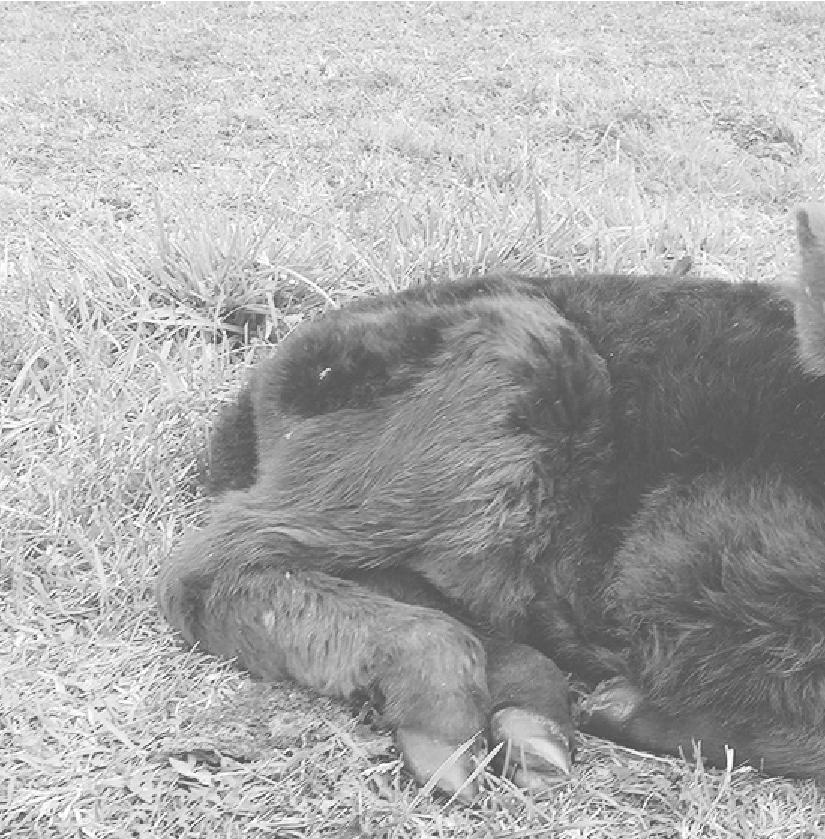
She put the Smart Wetland on McCuskey Farms near Henry to the test. The farmer who tends the land wasn’t too worried, though. He knew it would pass with flying colors.
“There’s not much water in there right now, but I got to see it in action this spring and I was pretty impressed,” said Ron Newton, a Marshall County farmer who has farmed this part of McCuskey Farms since 1991. The new Smart Wetland was at the edge of Newton’s soybean field on the farm located about 40 miles south of the Sauk Valley.
Newton was a guest speaker in July at the unveiling of the Smart Wetland in on a field he farms as part of McCuskey Farms. The 1.83-acre wetland was constructed by M.K. Farm Drainage Specialists.
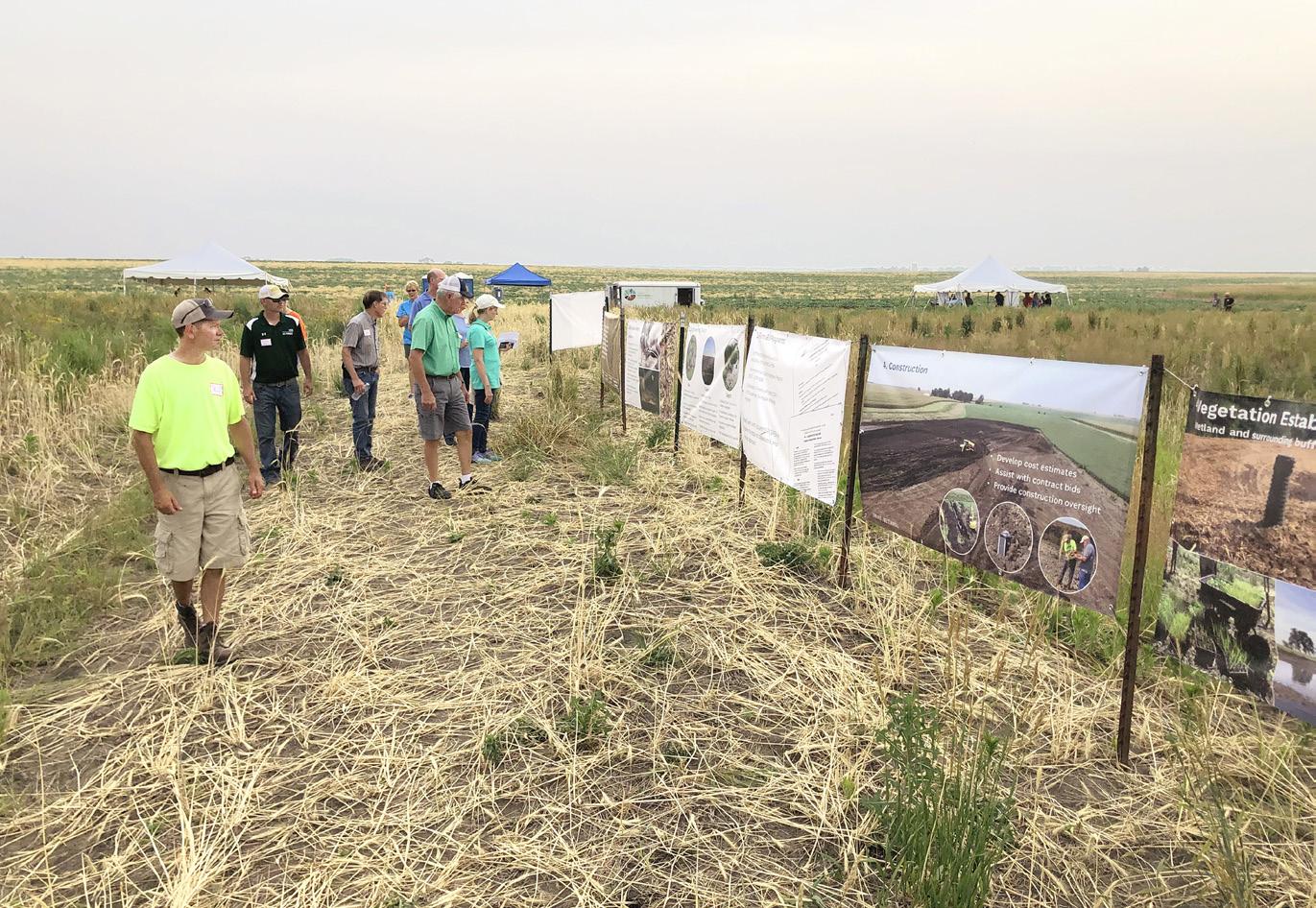
A Smart Wetland, designed to reduce nutrient loss via tile drainage, uses naturally occurring processes to remove excess nutrients from tile drainage before it leaves the cropland.
WETLANDS cont’d to page 21
Farmers who lend the land a hand through conservation practices will not only end up with healthier soil, but a healthier bottom line, tooShaw Media Agrinews The Smart Wetland field day, which featured a tile-treatment wetland, was presented by the Marshall-Putnam Soil and Water Conservation District, McCuskey Farms, Rex Newton, The Wetlands Initiative and the Illinois Sustainable Ag Partnership.
WETLANDS cont’d from page 20

Conservation farming is nothing new to Newton, who started experimenting with no-till in 1982, when he lived and farmed in Bureau County.

“I tried it in 1982 and put in strips. It averaged seven bushels better. I thought, this is interesting,” he said.


Newton’s wife, Deb, and their two grandsons, George and Thomas, were in the audience. The Newtons moved to the Marshall County farm in 1991. The farm is owned by Martin McCuskey.

“We started right away, through Greene Farm Management, and they helped us get started with filter strips, so we’ve had filter strips ever since. Six years ago, we started with the rye cover crop,” Newton said.
“We are still experimenting. We’ve got some bumps in the road there. Five years ago, we started strip-tilling and now we have this nutrient management structure, the Smart Wetland.”
Jill Kostel, senior environmental engineer for The Wetlands Initiative, said field days like the one at McCuskey Farms are vital to spread the word to both the non-farming public and to farmers and landowners.
Want to learn more about Smart Wetlands? Turn the page to read a Q&A. You can also find out more at smartwetlands.farm
Field day events can help farmers and landowners learn and see for themselves what kinds of conservation practices can be implemented and what kinds of financial assistance is available to put those practices in place.
“People say they are aware of these practices, but then they come out to a field day and they have never really seen it before. We know that these practices work. We need to start talking about how much they work and that they are a good investment for your farmland,” Kostel said.
“The ones that we call annual practices — the cover crops, the no-till — these are great for soil health, and in the long term that’s going to help your profitability and your resilience to all the different things that are happening in terms of the weather.”
Megan Baskerville, Illinois ag program director for The Nature Conservancy, said the emphasis on and attention to sustainable practices and conservation farming has increased in all sectors, from renewable fuels to food production.
“It feels a little bit different now at this particular moment in time. It feels like there are a lot of people, a lot of entities with goals out there who are pushing a lot of farmers and advisers to consider these soil health and conservation practices,” she said.
“There might be many motivations that bring a farmer to the table to consider new practices, like no-till, cover crops and conservation drainage practices.”
Baskerville said that one important motivation is for such practices to remain voluntary and for the ag industry and farmers in Illinois to achieve the goals of the Nutrient Loss Reduction Strategy on their own, as opposed to being mandated to do so.
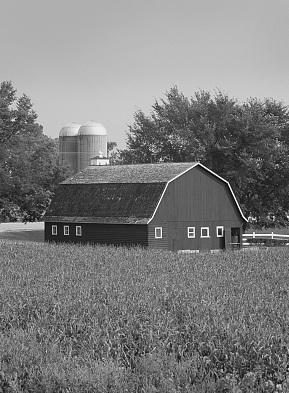
“Always in the background here in Illinois, we know lots of farmers want to see us voluntarily reach our Nutrient Loss Reduction Strategy goals to make sure we are sending 45% less nitrogen and phosphorus out of the state by 2035,” she said.
“That is going to take a lot of fields implementing these types of practices that we are seeing today.”
Jeannine Otto can be reached at 815-410-2258, or jotto@shawmedia.com. Follow her on Twitter at: @AgNews_Otto.
Leffelman& Associates
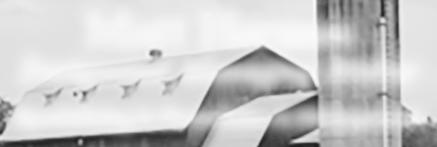
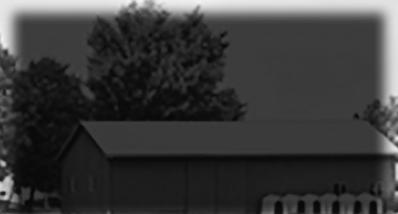






Amboy 815-857-2125 lisa@leffelmanassoc.com
LaMoille 815-638-2171 lexi@leffelmanassoc.com
Sublette 815-849-5219 chris@leffelmanassoc.com

BaylorInsurance Agency LeeCenter 815-857-2716 rbaylor1@gmail.com

 By JEANNINE OTTO | AgriNews Publications
By JEANNINE OTTO | AgriNews Publications
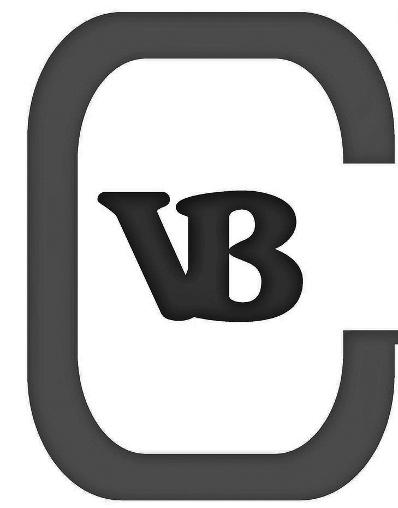
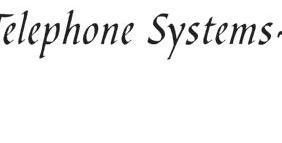











HENRY, Ill. — What makes a Smart Wetland different from an ordinary wetland? How can groups get more farmers to buy in, literally and figuratively, to conservation farming practices? Why do we need more farmers to practice conservation farming?
Jill Kostel, senior environmental engineer for The Wetlands Initiative, took some time to answer these and other questions. She attended a recent field day — which was cut short due to thunderstorms that hammered the site with 88 mph winds and torrential rainfall — for a Smart Wetland at McCuskey Farms in rural Marshall County.
What is a Smart Wetland?
We call them Smart Wetlands because we are using the latest and greatest technology and GIS models to help site them, design them and do the modelling for the hydrology. The other part about the “Smart” is that we use SMART as a management acronym — Specific; Measurable, we can measure nutrient loss; Aligned, with the Nutrient Loss Reduction Strategy; Resilient; Timebound, it’s timeless. This is a practice that will keep working as long as there is water
going through it. Why not just leave the original wetlands alone?
We would love to have all of our wetlands on the landscape, but that is just not feasible. We understand the need for tile drainage. We don’t want existing farm wetlands necessarily tiled, but those that are prior converted, they are already in agriculture. It would be great if we could take those thousands and thousands of acres back, but that is not feasible.
What type of ground is good for a Smart Wetland?
Let’s take those acres of farmland that are not profitable, that are maybe a problem to farm in terms of access and machinery getting in and out and let’s use those acres to do a tile treated wetland. We are specifically designing these for nutrient removal, these smaller wetlands.
What is something that farmers may not understand about a Smart Wetland?
When we say “wetland,” that is a very scary word to a lot of farmers. They may think we want to tear up their fields and take them all back to wetlands. No. If they want to do that, that’s great. But that is not what we are talking about. We are talking about very specifically sited and designed wetlands for water and tile treatment.
How do we get more farmers aware of and interested in conservation farming and practices like Smart Wetlands? Having a good financial assistance program and state financial and technical support services is one way. We just have to keep talking about it and we have to have our leading
farmers in these areas do these and have the farmers talking about it. The peer-to-peer conversation is the most important one. We are very fortunate to have landowners who want to do field days and have conversations with other farmers and landowners about these practices and having them encourage their neighbors to take this on.
Can you speak to the “all of the above” approach to addressing nutrient loss?


We believe in this “suite of systems” approach. We would love for farmers to do no-till as well as cover crops with our tile treatment wetlands. We think it’s going to take everything out there to address our nutrient loss issue. Not everyone can have a tile treatment wetland — it’s not necessarily appropriate for everybody, but we really work with our partners to encourage other practices that can help address the nutrient loss issue.
What kind of partnerships does The Weltands Initiative have?


We are fortunate to have the big-name organizations out there supporting this, the Farm Bureaus, the Association for Soil and Water Conservation Districts. Illinois Corn Growers Association has been our funding from the very beginning. We have the Illinois Soybean Association’s support. We have the Illinois Corn Growers Association support. We have great support through the Illinois Sustainable Ag Partnership. JeannineOttocanbereachedat815-410-2258,orjotto@ shawmedia.com.FollowheronTwitterat:@AgNews_Otto.



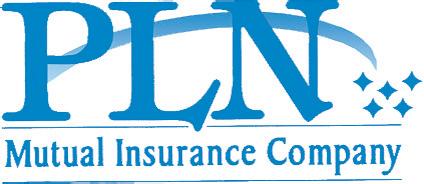
DIXON — As a former high school soccer coach and current fan of professional sports, Todd Crowley has seen a lot of signing ceremonies where athletes, from the high school level to the NBA and NFL, officially sign a commitment to attend a college or university to play their chosen sport or to play for a professional team.

“I loved going to them because it is such an awesome feeling. We had signings and the students and their parents would come in and everybody made a big deal about it and that was exciting,” Crowley said.
So, when he became corporate service manager at Prairie State Tractor, Crowley wanted to keep the good vibes going.
Through its Tech Student Program, the company recruits and sponsors students from area high schools and career centers. Students apply and go through an interview process. If selected, they agree to attend a diesel mechanics/technology program at one of several community colleges.
After successful completion of the program, the student receives tuition reimbursement, a toolbox and set of tools and agrees to work for Prairie State Tractor — with several locations in norther Illinois, including Dixon — for four years.
Through the sponsorship program, students apply for the program and go through an interview process. When a student is selected for the program, that’s when the hoopla happens.
SCHOLARSHIPS cont’d from page 24
As a former high school soccer coach, Todd Crowley (left), corporate service manager at Prairie State Tractor, saw many of his players sign commitments to attend colleges and universities. Those signing ceremonies gave Crowley the idea to do the same thing for high school seniors who qualify for and commit to Prairie State’s diesel tech sponsorship program. Levi Nodine (center), who graduated from Woodland High School in Streator in May, was featured in a signing ceremony, with his mother, Brandi Clift.
SCHOLARSHIPS cont’d from page 23
“I wanted to celebrate these kids. I talk about our draft pick and why we drafted them and then we do a signing. It’s been a big hit,” Crowley said.
Prairie State has agreements with Black Hawk College in Kewanee, Illinois Central College in Peoria, Kishwaukee College in Malta, Lake Land College in Mattoon, Lincoln Land College in Springfield and Parkland College in Champaign.

Students attend the colleges’ diesel mechanics/technology program or the John Deere TECH Program at Lake Land College.
Crowley, aftermarket manager Brett Dewey, and marketing manager Matt Holland are often on the road during the school year, talking about the program and diesel technology education to students at high schools throughout northern and north-central Illinois.
The Tech Student Program has been in place for just over a year.
But it’s not just putting bodies into jobs. Finding the students who are the right fit for the program and for Prairie State Tractor is a big part of Crowley’s mission.
Part of the agreement is that, when they graduate, the student will work for Prairie State Tractor for four years. So, Crowley is seeking students who also will be good employees and coworkers.
“We are talking about finding these kids and recruiting them. And it is a little bit of a marriage. You have to have adjustments both ways to meet each other’s needs,” Crowley said.
Prairie State Tractor
908 Bloody Gulch Road, Dixon 815-288-4441
Online: prairiestatetractor.com and on Facebook
“The big picture is that we are trying to get kids excited for ag mechanics and diesel technology. We go to a lot of schools and talk to them and most of the kids have never been exposed to this before,” Crowley said.
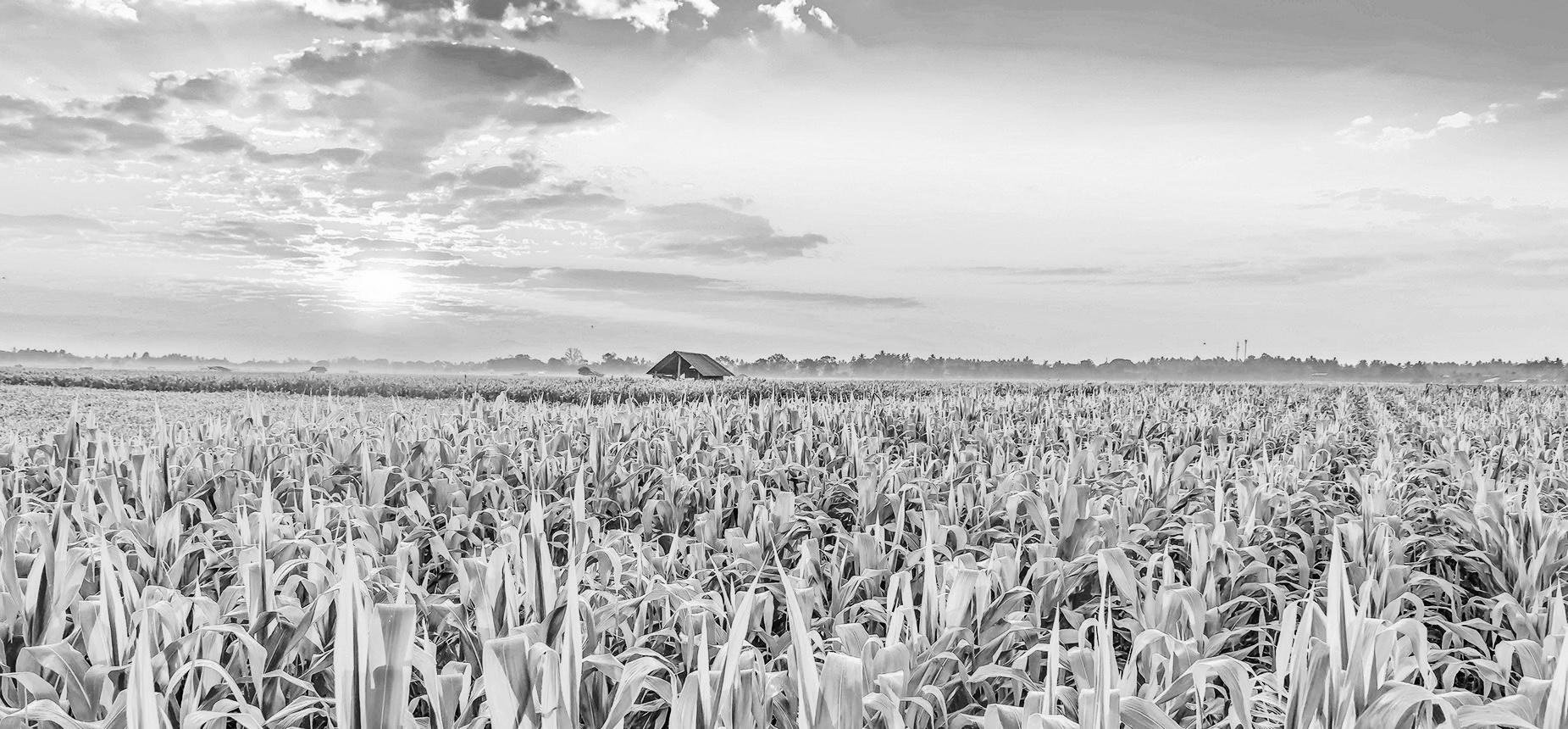
“They don’t realize the opportunity they have to get such a good job, as well as to not have any debt coming out of college,” Dewey said.
The Prairie State Tractor representatives also want to boost interest to help address an industry-wide shortage of diesel technicians.
“There is such a huge demand for them and everybody is concerned that we are not going to have enough qualified people to fill those positions,” Crowley said.

“We are looking for long-term people. We are not just grabbing any student and throwing them into this program. They have to align with our value system.”
Crowley said that value system is communicated to students throughout the application and interview process. He and others who select students look for traits that will make a good employee.
“We can make technicians out of anybody, but if you are not a good person, it doesn’t really line up with our culture,” he said.
Communication skills are vital and something he stresses to students, as something that is vital to Prairie State’s customer service mission.
“That is what I see lacking with a lot of students. I will email them a question or text them a question and it might take them a week to get back to me. Once you get to the real world, you have to be pretty efficient,” Crowley said.
Jeannine Otto can be reached at 815-410-2258, or jotto@shawmedia.com. Follow her on Twitter at: @AgNews_Otto.
I wanted to celebrate these kids. I talk about our draft pick and why we drafted them and then we do a signing. It’s been a big hit. The big picture is that we are trying to get kids excited for ag mechanics and diesel technology. We go to a lot of schools and talk to them and most of the kids have never been exposed to this before.”
Todd Crowley, Prairie State Tractor corporate service manager

People who drive by the northeast side of Delavan on Springfield Road might notice a stone and plaque that serve as a historical marker. What they might not know is why it’s there.


While the field where the marker sits is a common site for the area, the events that took place there in the 1800s were quite remarkable and had a significant impact on production agriculture that’s still being felt today.









The Tazewell County farm is where Robert and James Reid just happened to mix two different types of corn that transformed the industry. The site is designated as the “birthplace of open-pollinated corn production,” according to Matt Shipton, a descendant of the Reids and a seed industry representative.

HYBRID cont’d from page 25

The historical marker, erected in 1955, was established by the Tazewell County Farm Bureau and other local groups, the Illinois Department of Agriculture and the Illinois Seed Dealers Association along with the University of Illinois and Michigan State University.
“It’s just fascinating to think of Delavan’s place in the middle of the Corn Belt,” Shipton told FarmWeek.
Shipton recently discussed the history recorded at the site and his ancestors’ role modernizing corn production during Kansas State University’s Grain Export and Supply Chain Expedition. The tour was organized and led by Guy Allen, senior ag economist at K-State and a Delavan native.
Robert Reid (1813-1888) moved to Illinois from Ohio in the mid1800s and brought some of his own corn. But it wasn’t very good for processing and he had production issues, so he planted some local seeds known as “little yellow” Indian corn in the same field.
“He had missing hills (of corn), so he grabbed some local seed and filled in those missing hills,” Shipton said. “And by happenstance those two pollinated at the same time and created the open-pollinated corn.”
Then, for the next 60 to 70 years, Robert and James Reid (18441910) selected the best ears from this new line of corn, which kept improving its agronomic ability each subsequent season.

“They selected the best plants and best ears as they continued that lineage of the open-pollinated line,” Shipton said.
The end result came to be known as Reid’s Yellow Dent Corn. The open-pollinated variety not only dented, but it greatly outproduced most varieties of the late-1800s.
“Common corn yields for that time were around 25 to 35 bushels per acre,” Shipton said. “But by 1877 it was documented James reached 125 bushels per acre.”
Scott Jeckel, a Delavan native currently farming the former
Reid property, noted the field produced a yield near 250 bushels last year. But it took nearly 150 years to double the production from what Reid’s Yellow Dent Corn achieved nearly a decade after the Civil War.
“We’ve constantly improved (crop potential),” Jeckel said. “But we’re talking a five-times jump (with what the Reids accomplished in the late-1800s). It was enormous.”
The Reids entered their corn in grain contests and it eventually became a sensation at the 1893 World’s Fair in Chicago. Reid’s Yellow Dent Corn took top honors at that event, officially known as The World’s Columbian Exposition to celebrate the 400th anniversary of Christopher Columbus’s arrival in the New World in 1492.
James Reid subsequently began receiving numerous requests for his corn from around the world. It’s said he fulfilled many of those requests by mailing Reid’s Yellow Dent Corn seed from the local post office in Delavan.
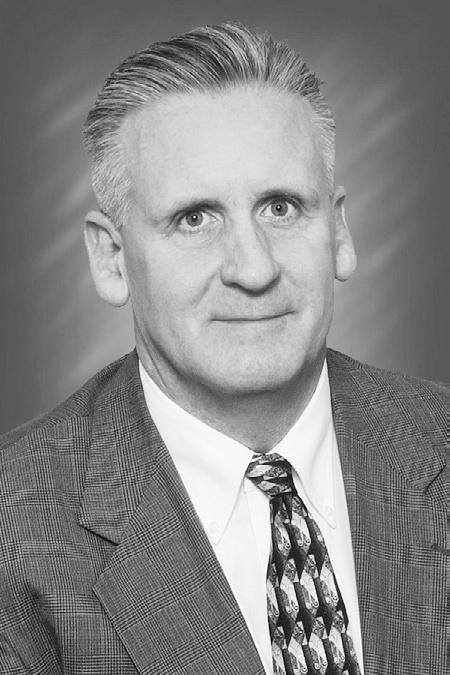
“By 1920 it was grown in every state and by 1930 an estimated 75% of corn grown in the U.S. could be traced back to Reid’s Yellow Dent Corn,” Shipton said. “Many reported it increased productivity in local areas where it was planted.

“But (James Reid) never became wealthy off the process,” he noted. “It sounds like he was more willing to give the seed away to help others have additional yield on their farms.”
Hybrid corn varieties were then introduced in the 1920s and overtook their open-pollinated predecessors, constituting nearly 100% of cultivation in the Corn Belt by the end of the 1930s.
But the source of a number of inbred lines used as parents of many present-day corn hybrids still have roots to the accidental discovery of a lifetime, when the Reids inadvertently created their open-pollinated, yellow dent corn.
This story was distributed through a cooperative project between the Illinois Farm Bureau and the Illinois Press Association. For more food and farming news, visit FarmWeekNow.com.
The future of agriculture depends on our hard work today. That’s why we’re proud to support the National FFA Organization and help inspire the next generation of agriculture dreams.